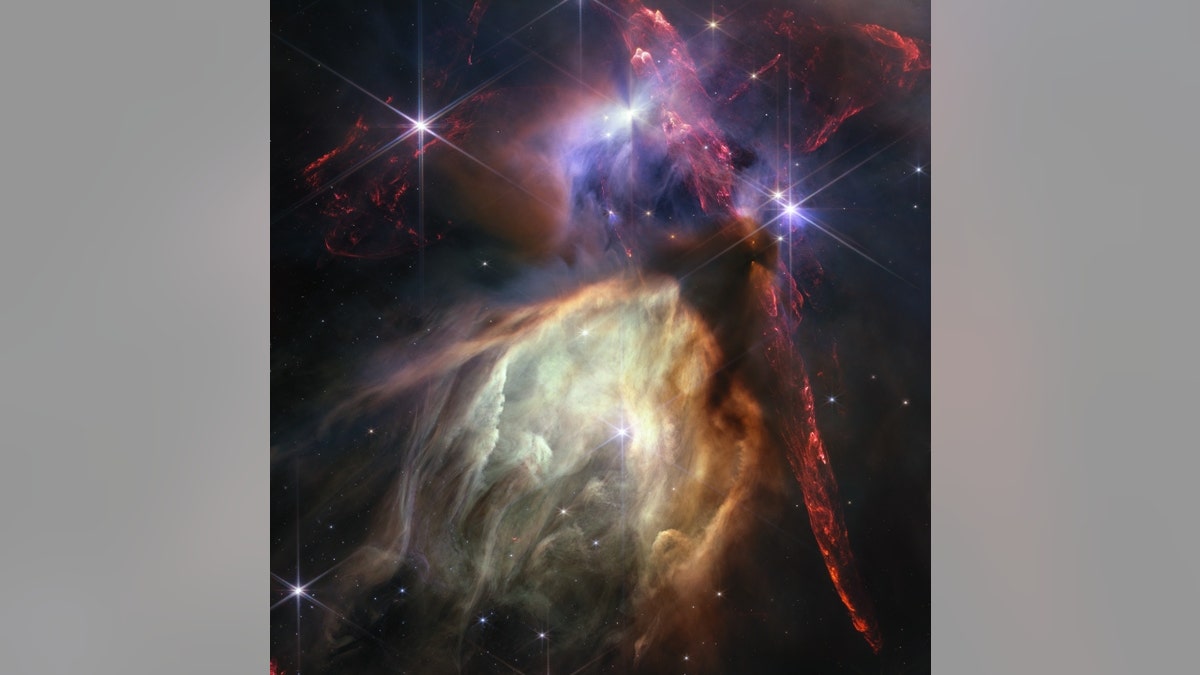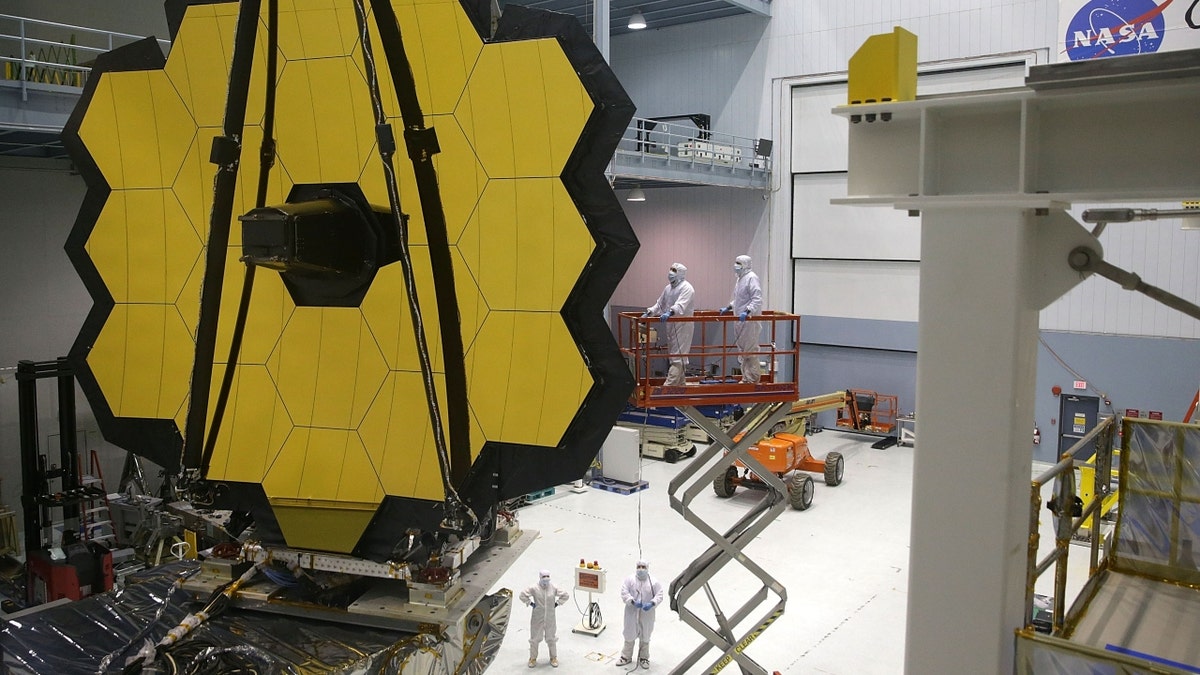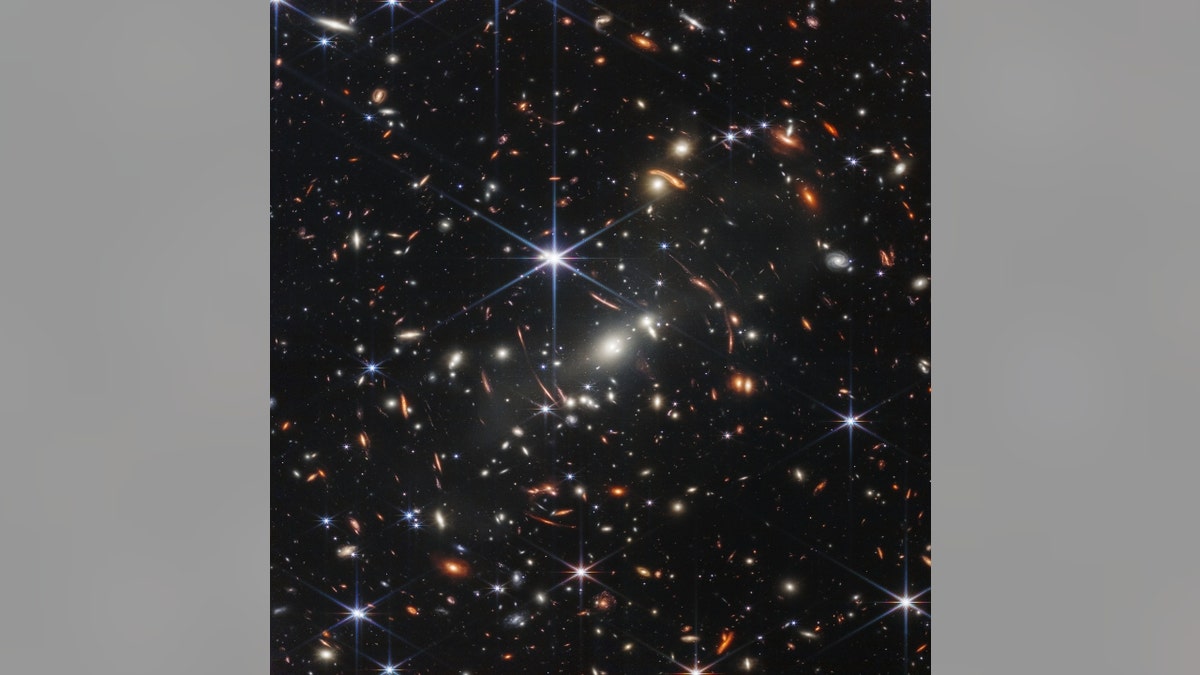NASA commemorates the James Webb Space Telescope's first year of operation with a breathtaking image of the Rho Ophiuchi cloud complex, the closest star-forming region to Earth. Located approximately 390 light-years away, this stellar nursery offers an unprecedented view of star birth, thanks to the telescope's advanced infrared capabilities.

The image reveals around 50 young stars, most similar in mass to or smaller than our sun. Red jets of molecular hydrogen, indicative of nascent stars breaking through cosmic dust, are prominent throughout the image. The darkest regions represent dense dust cocoons where protostars are still developing. One notable star, S1, significantly larger than our sun, has carved a luminous cavity in the surrounding dust.
Intriguingly, several stars exhibit shadows suggesting the presence of protoplanetary disks, hinting at the formation of future planetary systems. This detailed view allows scientists to observe a crucial stage in the stellar lifecycle, similar to what our own sun experienced long ago.

Klaus Pontoppidan, former Webb project scientist, highlighted the significance of this image, stating that it provides unprecedented clarity into a brief but critical period of star formation. The Webb telescope's infrared technology continues to revolutionize our understanding of the cosmos, capturing galaxies and planets in breathtaking detail and color.

Beyond stunning imagery, the telescope's spectroscopic instruments provide invaluable data, leading to numerous scientific breakthroughs. NASA Administrator Bill Nelson emphasized the transformative impact of the James Webb Space Telescope, enabling scientists to explore the universe's origins and our place within it.
Comments(0)
Top Comments